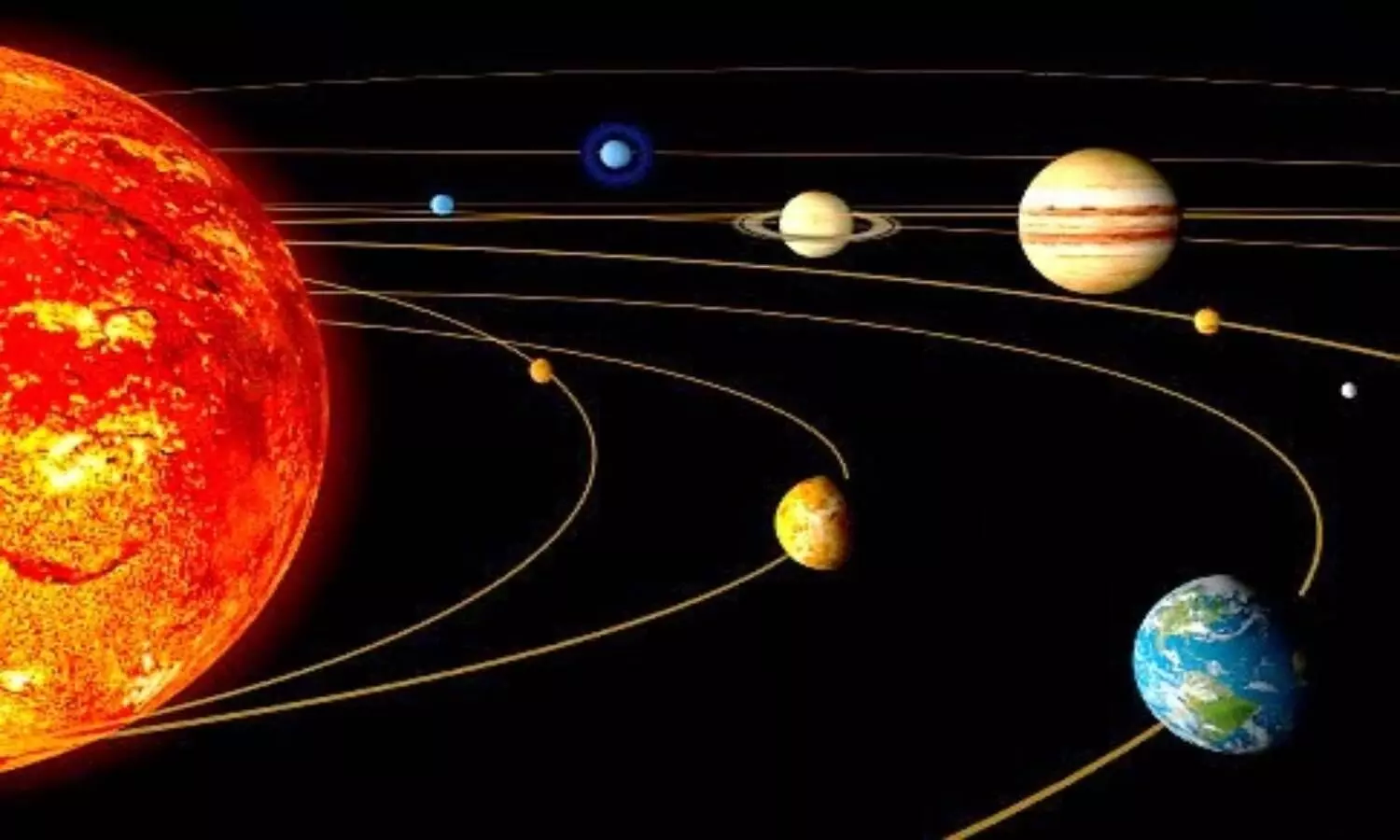Hyderabad: Earth will reach the closest point to the Sun in its elliptical orbit at a distance of 14,70,99,586 km from the Sun on 4 January 12:09 p.m. Astronomically, this phenomenon is known as perihelion.
In January 2022, two other planets, Venus and Mercury, are also going to be at their closest point to the Sun. On 16 and 23 January, Mercury and Venus will be at their perihelion points, respectively.
Earth takes 365.25 days to complete one revolution around the Sun whereas Mercury takes around 87.69 Earth days and Venus takes 224.7 Earth days to complete one revolution around the Sun.
"On the day of occurrence, though people will not be able to observe anything significant involving these three celestial events, it holds great educational and scientific value. Importantly, people can understand that temperatures or seasons on Earth do not depend on the distance from the Sun but axial tilt during its journey around the Sun," informed the Planetary Society of India, Hyderabad.
Commonly, it is believed that the Earth's distance to the Sun decides the seasons or temperatures on Earth. The Planetary Society debunked it and said that instead, it is the axial tilt (approximately 23.5 degrees) of the Earth on its axis while revolving around the Sun that regulates seasons with one of the hemispheres facing towards or away from the Sun.
On the other hand, on 4 July 2022 at 12:41 p.m, Earth will be at the farthest point from the Sun at a distance of 15,20,96,155 km.
